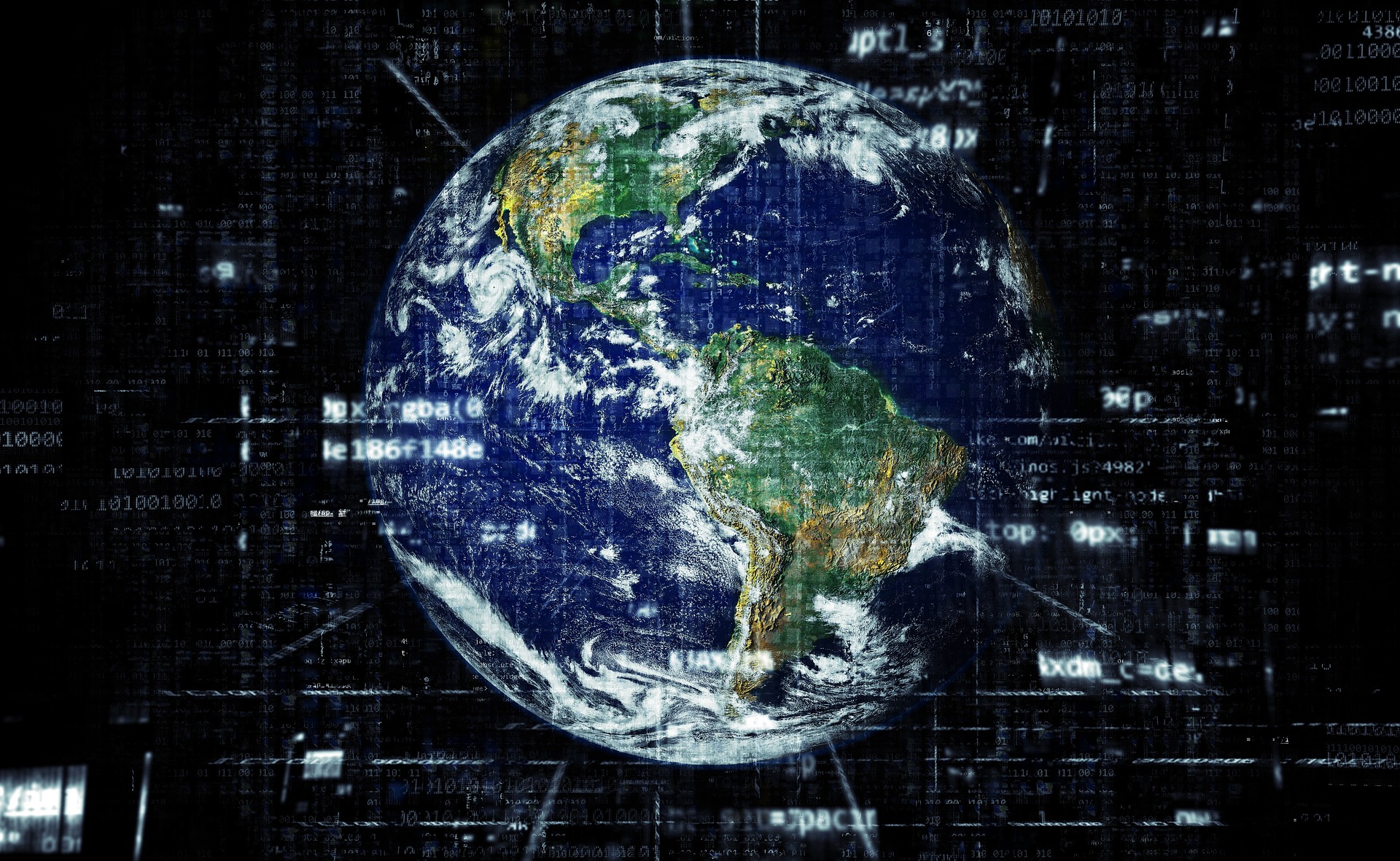Deciphering the Potential of Teleportation in Telecommunications
In the realm of science fiction, teleportation has long been a fascinating concept. Imagine the possibility of instantaneously transporting data from one point to another, breaking the barriers of distance and time. This isn't just idle speculation; there's a real-world parallel in the telecommunications sector, and it's called quantum entanglement.

Quantum entanglement is a phenomenon that occurs when pairs or groups of particles interact in ways such that the quantum state of each particle cannot be described independently of the state of the others, even when the particles are separated by a large distance. This has significant implications for the field of telecommunications, potentially revolutionizing how data is transmitted and received.
While the concept may seem far-fetched, quantum entanglement has been proven in laboratory experiments. It could potentially pave the way for instant data transmission, eliminating the need for traditional mediums like cables and satellites.
Quantum Entanglement: A Brief History
The concept of quantum entanglement was first introduced by Albert Einstein, Boris Podolsky, and Nathan Rosen in their 1935 paper, known as the EPR paradox. They described it as “spooky action at a distance,” expressing skepticism about its reality. However, in the 1960s, physicist John Bell proposed an experiment to test the phenomenon, and since then, numerous experiments have confirmed its existence.
Quantum entanglement has the potential to revolutionize telecommunications, potentially leading to the development of quantum networks that could offer unprecedented data transmission speeds and security. However, significant technical challenges remain.
Current Trends in Quantum Entanglement Research
The primary challenge in utilizing quantum entanglement in telecommunications is maintaining the entangled state over long distances. Currently, researchers have managed to maintain entanglement over a few hundred kilometers. However, creating a global quantum network would require maintaining entanglement over much larger distances.
Despite these challenges, there have been significant advancements in the field. In 2017, Chinese scientists successfully demonstrated quantum entanglement over a record-breaking distance of 1200 kilometers using a satellite. This marked a significant milestone in the quest to establish a global quantum network.
The Impact of Quantum Entanglement on Telecommunications
If successful, quantum entanglement could dramatically change the landscape of telecommunications. Instant data transmission could revolutionize industries that rely on real-time data, such as financial services, healthcare, and transportation.
Moreover, quantum networks could offer unprecedented security. Since any attempt to intercept a quantum signal would disrupt the entangled state, it would be instantly noticeable, making eavesdropping virtually impossible.
Practical Applications and Challenges
While the potential benefits are immense, practical implementation of quantum entanglement in telecommunications presents significant challenges. Maintaining entanglement over long distances requires precise control over the environmental conditions, a feat that is currently beyond our technological capabilities.
Furthermore, creating a quantum network would require the development of quantum repeaters to amplify and retransmit the quantum signal without disrupting the entangled state.
Despite these challenges, the potential benefits of quantum entanglement in telecommunications make it a field worth pursuing. As our understanding of quantum mechanics deepens and our technological capabilities advance, the dream of teleportation in telecommunications may become a reality.
Teleportation in telecommunications may still be confined to the realm of science fiction, but the reality is drawing closer. With each new advancement in quantum entanglement research, we move one step closer to a future where data can be transported instantaneously, breaking the barriers of time and space.




